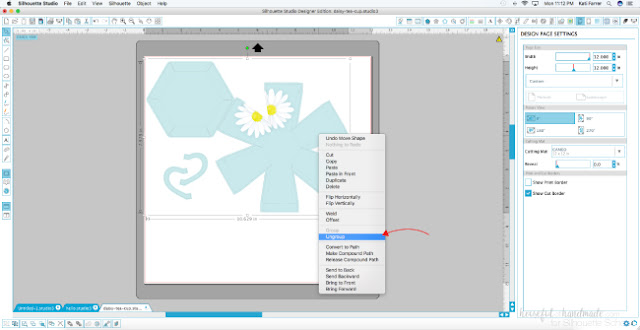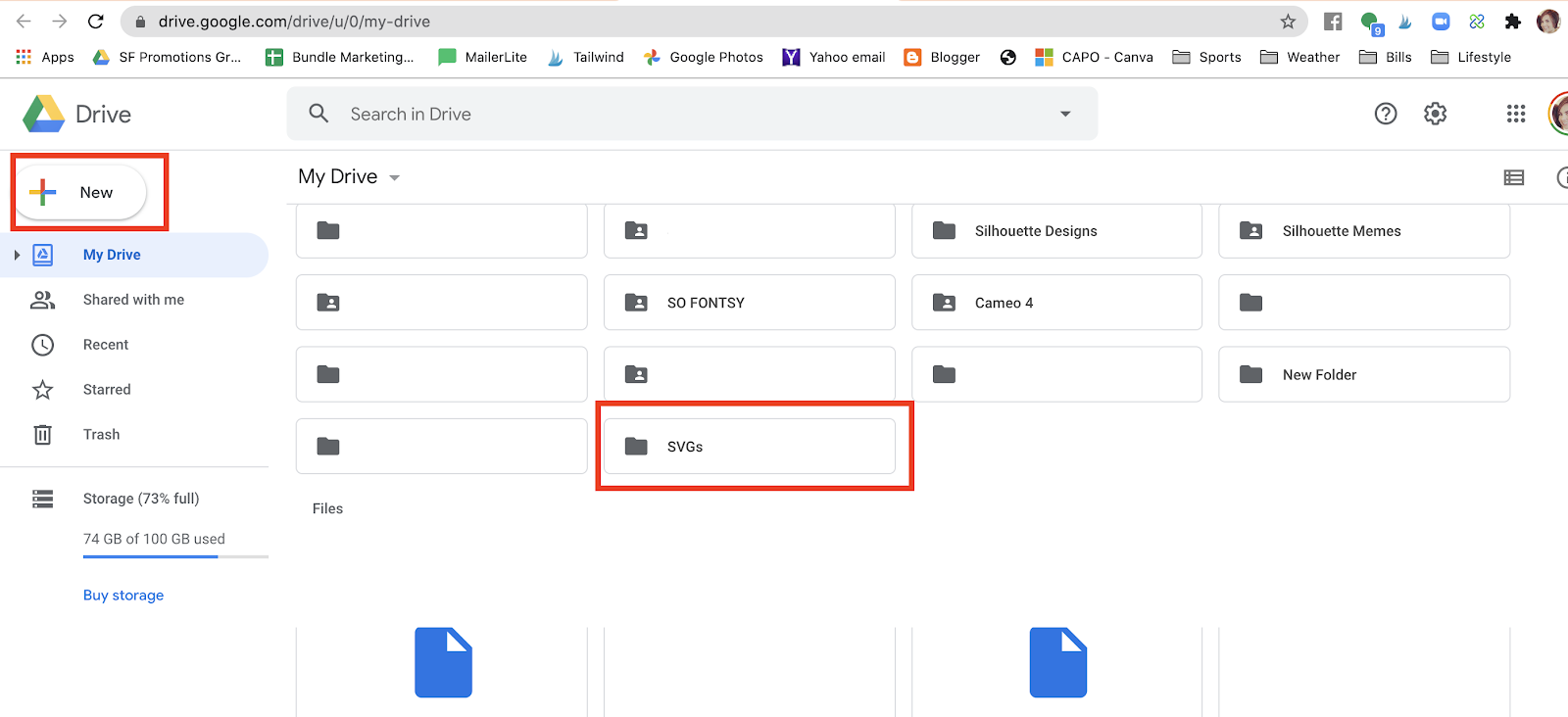

The shadow can be panned or moved around. The shadow can be offset on the X or Y axis and the Transparency adjusted.Ĭlicking on the Shadow Color opens the color palette. Click on Shadow and under Type click Dynamic Shadow. For this example we will use a watercolor clipart. On a photo, a shadow is applied to the surrounding edge. The results of this effect works better with clipart and text than a photo. A drop shadow is added to photos, shapes and text. The Shadow Effect is available in Designer Edition and higher. Step 8 - Add the Shadow Effect to clipart Click on the Tint Effect and adjust the Red to 15, Green to -9 and Blue to -15. Each one adjusts how much of that color you want in the photo. The Tint Effect allows you to change the Red, Green and Blue tones individually. Step 7 - Control Red, Green and Blue with Tint Effect Click and drag the Strength sider to the right to adjust. This may be a look that you are going for. Used at a Strength of 100 creates quite a bit of contrast and highlights can be blown out. When used lightly Sepia adds a glow to the photo. Used quite often for a vintage look, Sepia can be intense or soft. Sepia is a tonal affect that gives the photo a warmer look. Step 6 - Apply the Sepia Effect to the photo When inverted, the edges are darkened and more defined. It may cause issues if tracing is needed. In the example below, the edges of the original clipart are light. When applied to clipart images, bright and dark areas are inverted.

Detailed areas such as hair stand out more from the background. Move the slider to the right to see the effect. Projects like etching benefit from using the Invert Effect when combined with tracing.Ĭlick on your photo then click on Invert. This is useful for photos or designs that are difficult to trace. Inverting colors in the photo creates a type of negative. Increasing will soften the intensity of the photo. Decreasing the number will increase the intensity across the photo. The Gamma Effect is the smooth transition between black and white. At times, decreasing Saturation can help with reducing redness in the face or overly strong colors. With your photo selected, adjust the sliders of Contrast, Brightness and Saturation. You are then left with a greyscale image. Decreasing mutes the colors and if brought down to 0 all color is removed. Increasing causes the colors to be much stronger. Saturation increases the intensity of colors or hues. Increasing makes bright areas lighter and shadow areas darker.īrightness will adjust the overall light and dark areas. Dragging the sliders right decreases the effect while left increases.Ĭontrast is the difference between the light and dark areas. To make your photos pop a bit more the Contrast, Brightness and Saturation are adjusted.

Step 3 - Adjust Contrast, Brightness and Saturation We can create various color combinations with one clip art image. The colors change as the slider is moved to the right. The watercolor paint stroke gives a better result with the Colorize Effect. Click Colorize and adjust the Hue for the desired effect. If used closer to 0 or 100 the effect is less strange. As Colorize affects the entire photo, it can look extreme. The effect may work best with a clip art image than a photo depending on the look you want.įor this example, we used a photo and a watercolor paint stroke.

This can produce some interesting and weird effects. The Colorize Effect adjusts the Hue of the photo. You can then further edit with the other Image Effects options like Contrast, Brightness and Saturation. Once you click Apply the editing properties will be set. Experiment with the Amount between 50 to 100 to see the difference. It can be used to create a muted tone if the colors have too much contrast. The Grey Shade Effect doesn't need to be fully greyscale. Increase the Amount until you get the desired effect. Click the photo to select then click Grey Shade. Click on the Image Effects panel on the right side of the screen to open. A soft tone is added to color photos which can be very appealing. Grey Shade is a greyscale version of the color photo. Step 1 - Apply Grey Shade or greyscale effect Let us get started by opening Silhouette Studio.
#Import jpeg to silhouette studio plus#
In this tutorial we are using a grandparents stock photo from the Design Bundles Plus Membership.
#Import jpeg to silhouette studio how to#
In this tutorial we will show you how to use Image Effects in Silhouette Studio. Designs containing pattern and gradient fills can also be adjusted. However, the Image Effects panel allows for basic editing of raster photos and clipart. Silhouette Studio is not a true image editing software.


 0 kommentar(er)
0 kommentar(er)
